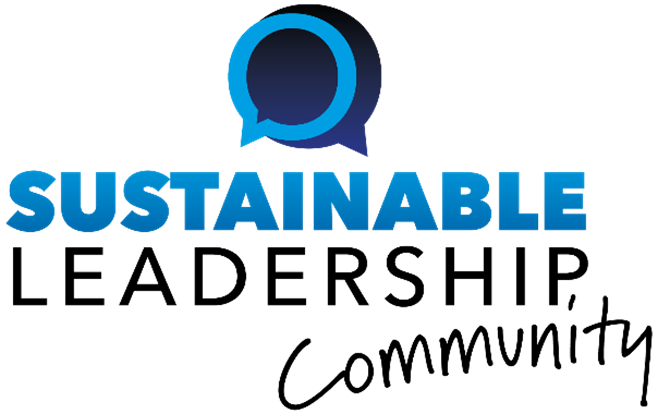Repeatedly making decisions for extended periods of time is mentally taxing and leads to what psychologists call ‘decision fatigue’. As a result, the decision makers will revert to default decisions—decisions that require the least amount of mental work. For example, one study showed that judges tended to refuse parole at a greater rate during periods […]
Subject: Psychology
Charisma beyond Leadership: Influence + Affability
What is charisma? Much of past research focuses on the outcomes of charisma and often within the context of leaders in an organizational setting—e.g., charismatic leaders generate emotions that inspire others to follow them. However, leaders are not the only people in our lives who exhibit charisma, argues a team of researchers from the University […]
Read More… from Charisma beyond Leadership: Influence + Affability
The Unique Psychology of Being a Middle Manager
Research on power in organizations often treats power as unidirectional—how subordinates deal with superiors or how superiors deal with subordinates. Two researchers challenge this static, unidirectional perspective with a new theory of power framework built on the concept of a continuum of a sense of power. In their interactions with others, individuals are not always […]
Read More… from The Unique Psychology of Being a Middle Manager
Persuading with Pitch, Volume and Non-Verbal Cues
Most attempts at persuasion are met by wary resistance. People are naturally suspicious of the motives of persuaders, ready to believe that persuaders will use devious means to achieve their goal of persuasion. Previous research has focused on linguistic cues—that is, the words that persuaders can use to overcome this natural resistance. However, in their […]
Read More… from Persuading with Pitch, Volume and Non-Verbal Cues
How Leaders’ Origins Influence Their Roles
To become successful leaders, individuals must identify as leaders—that is, they must see themselves as legitimate leaders who have earned the right to be leaders. The path to claiming a leadership identity is varied. For example, some people believe that leadership is part of their personalities. They have always considered themselves as leaders of others, […]
Inspiring Hero or Humble Diplomat? The Core Functions of a Leader
The theory of evolution argues that survival depends on adaptation to the environment. Biological, psychological and behavioural characteristics in living things evolve or emerge in an ongoing battle to survive in a changing environment. Through the prism of evolution, leadership emerged because of the social needs of groups—that is, leadership is necessary for groups to […]
Read More… from Inspiring Hero or Humble Diplomat? The Core Functions of a Leader
Constraints Aren’t So Bad When It Comes to Innovation
An extensive review of innovation studies in leading academic journals reveal that constraints on innovation are not necessarily negative. In fact, according to this careful analysis of 145 academic studies, constraints increase innovation…. up to a certain point. When constraints are pushed too far, they stifle rather than enable and encourage innovation. The term ‘innovation’ […]
Read More… from Constraints Aren’t So Bad When It Comes to Innovation
Unbalanced Relationships Hurt Performance, But Don’t Stick Around
Triadic relationships are common in the workplace. For example, two employees, Sharon and Mark, may share negative feelings about a third employee, Kathy; Kathy, in return, has negative feelings about both Sharon and Mark. An alternative triad involving these individuals is that Sharon and Mark have completely different feelings about Kathy: Sharon is a clear […]
Read More… from Unbalanced Relationships Hurt Performance, But Don’t Stick Around
Misbehaving, Private, Personal Misconduct Can Lead to Professional Misconduct
Psychologists are divided concerning the link between personal misconduct and professional misconduct. Some argue that misconduct reflects a personal trait; others argue that behaviour is situational — a person may behave unethically in one context but not another. New research, building on the database of a website for married people looking to have an affair, […]
Read More… from Misbehaving, Private, Personal Misconduct Can Lead to Professional Misconduct
Promotion-Focus CEOs and CFOs Drive Strategic Growth
In the language of psychology, individuals who are more afraid of missing opportunities than taking risks are considered promotion-focused. Their counterparts are individuals who are more afraid of taking risks than missing opportunities; these are prevention-focused individuals. A study of U.S CEOs and CFOs (the latter considered the second most influential executive in strategic decisions) […]
Read More… from Promotion-Focus CEOs and CFOs Drive Strategic Growth




